DOE partners with leading researchers from industry, academia, and national laboratories to accelerate advances in solid-state lighting (SSL). Since DOE began funding SSL research projects in 2000, more than 480 patents have been applied for or awarded.
Collaborative, cost-shared DOE R&D projects combine the technical resources of premier research institutions and national laboratories with the product development, manufacturing, and commercialization expertise of industry leaders. DOE funds research projects that target the needed improvements in price, performance, and manufacturability to speed SSL technologies to market.
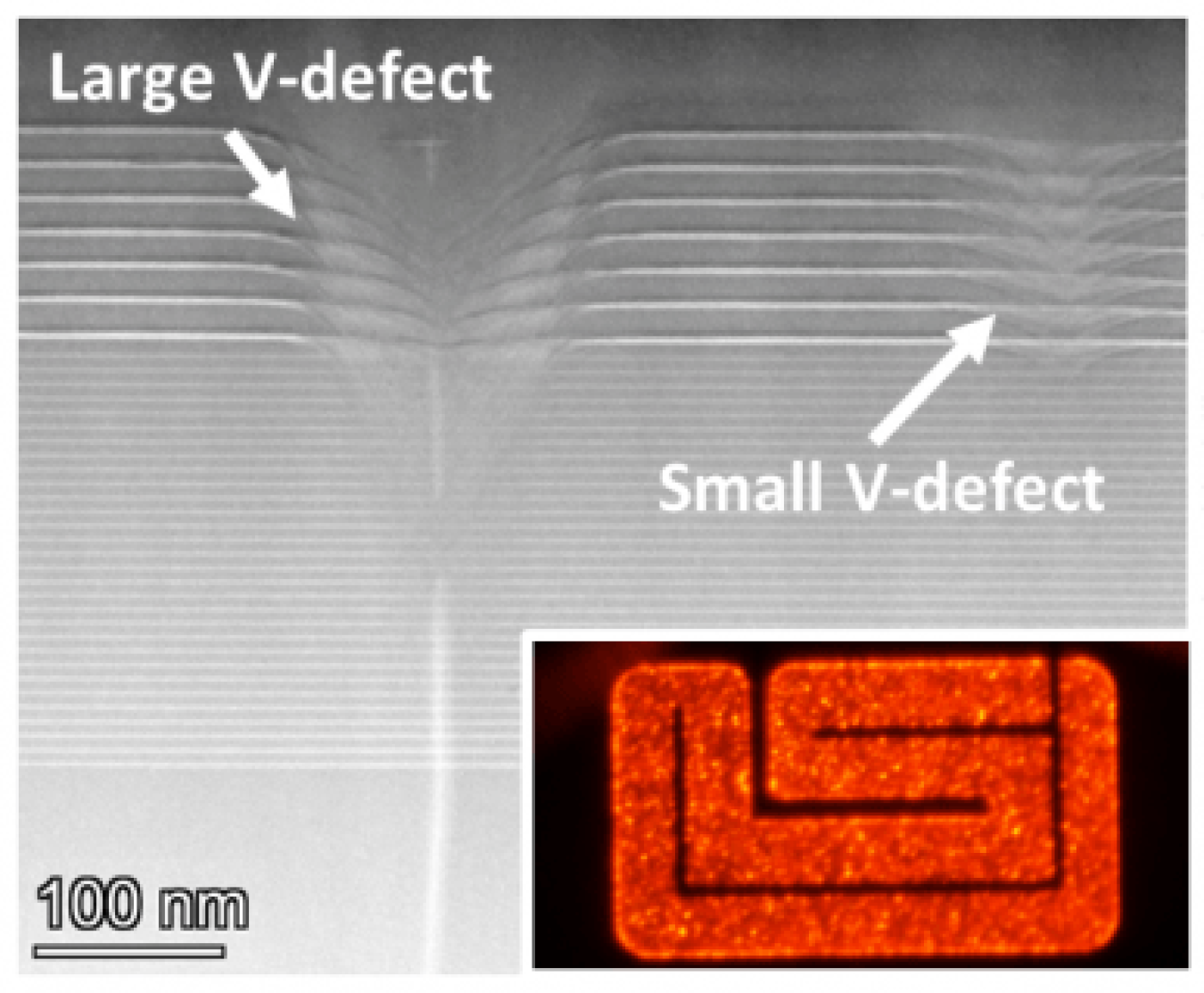
While blue LEDs have spectacular efficiencies, longer-wavelength InGaN LEDs like red and green lag behind. If some of their fundamental material challenges can be overcome, InGaN LEDs could be used for emerging applications such as micro-LED RGB displays. Researchers at the University of California Santa Barbara are using advanced material growth, material characterization, and device fabrication to study some of these challenges and advance the scientific knowledge on red and green InGaN LEDs. (September 2022) Learn more.
University of Michigan Researchers Investigate New Molecules and Device Structures for WOLEDs
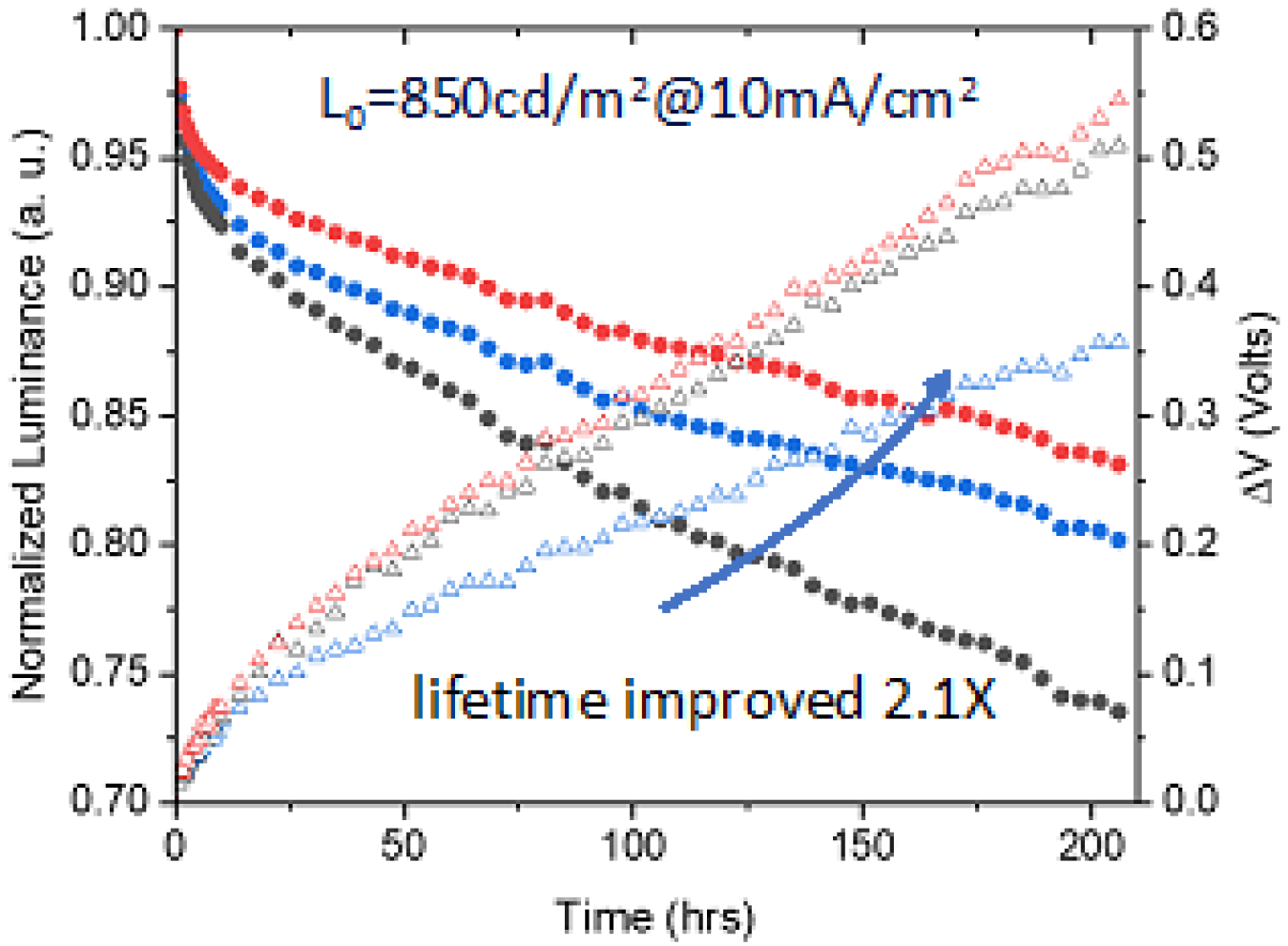
Researchers at the University of Michigan and the University of Southern California are teaming to develop a new class of blue triplet emitting molecules with exceptionally short radiative decay times, along with further reduction of radiative lifetimes by the Purcell effect (i.e., creating optical environments that reduce the lifetime by coupling of the OLED optical modes with the excitonic state). Experimental and analytical investigations resulting from this work should yield a new generation of robust molecules and device structures useful for high-intensity WOLED sources. (September 2022) Learn more.
RPI and Lumileds Develop Spatially Adaptive Tunable Lighting Control System
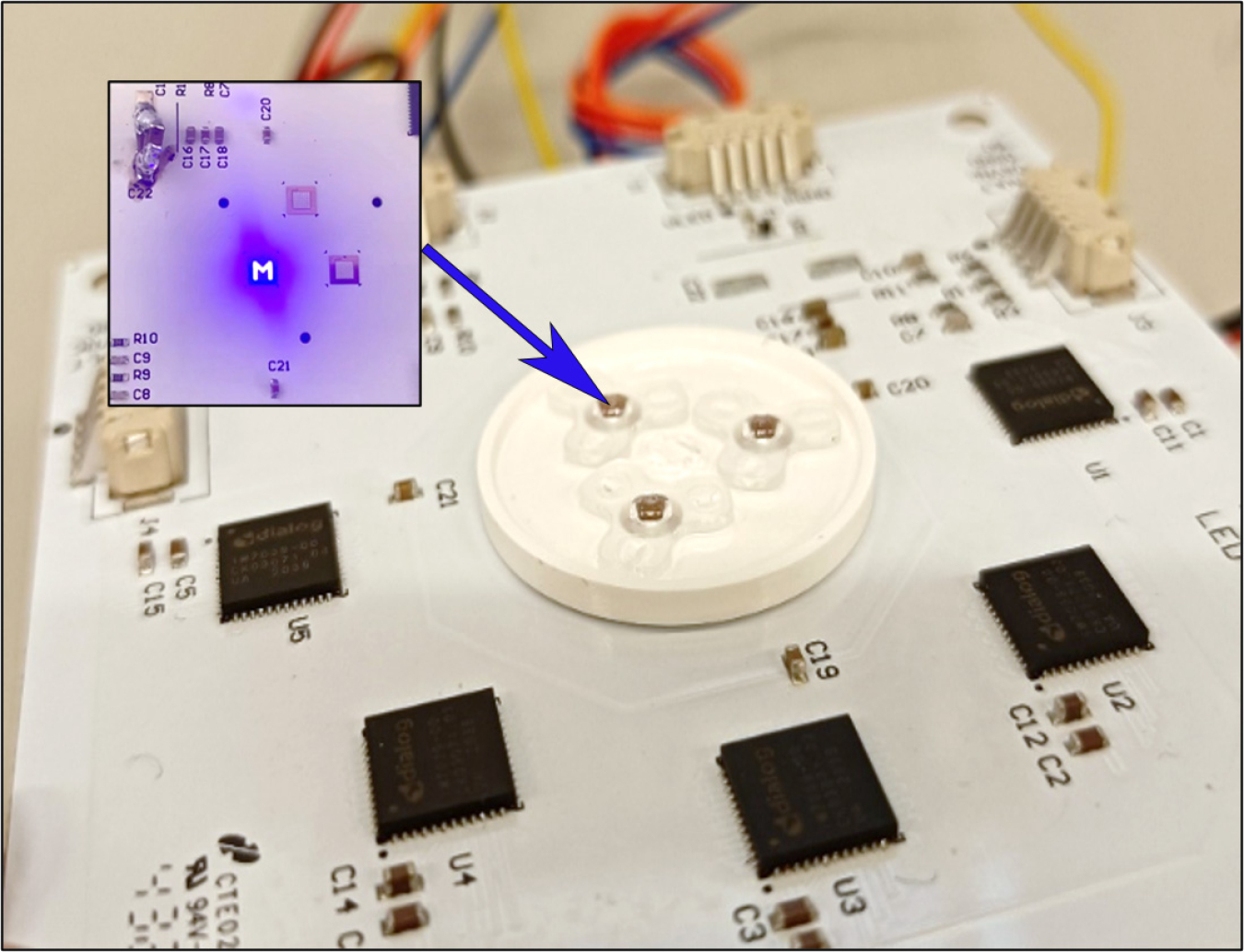
Rensselaer Polytechnic Institute (RPI) is collaborating with researchers at Lumileds LLC and lighting architects at HKS Inc. to develop a spatially adaptive, spectrally tunable lighting control system. This project combines advances in digitally programmable LED fixture beam steering, novel occupant sensing and location monitoring platforms, and new control system capabilities that combine fixture and sensing information to inform how to properly and ergonomically sculpt the light in real time. (June 2022) Learn more.
OLEDWorks Develops Ultra-Thin, Bendable, High-Efficiency OLED Light Engine
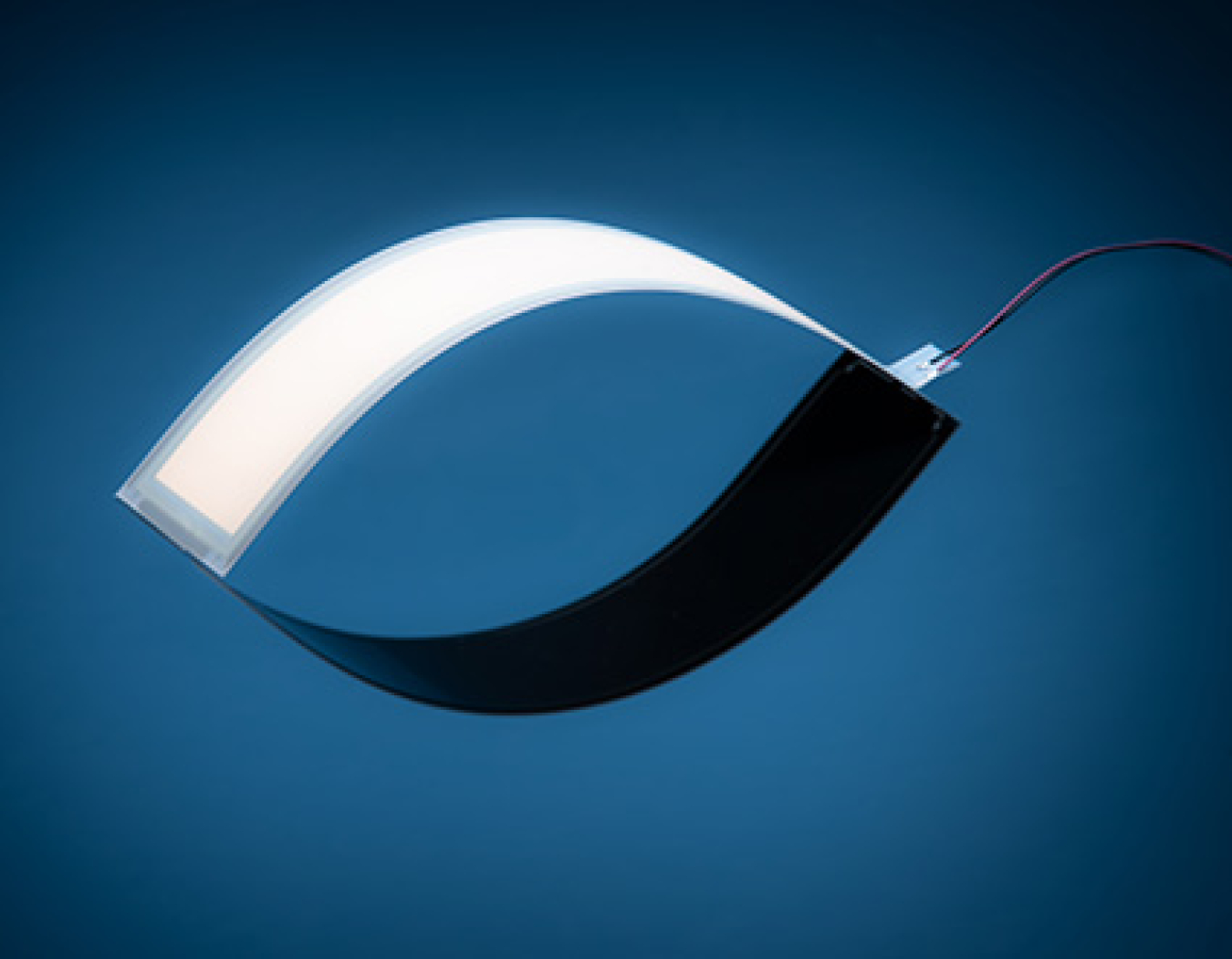
In this DOE-funded project, OLEDWorks creates ultra-thin, bendable, high-efficiency OLED light engines that incorporate a panel and a driver in one low-cost unit, to encourage luminaire makers to produce innovative luminaires and increase the number of OLED fixtures available to lighting designers and specifiers. (September 2021) Learn more.
VTTI Study Measures the Impacts of Adaptive Outdoor Lighting
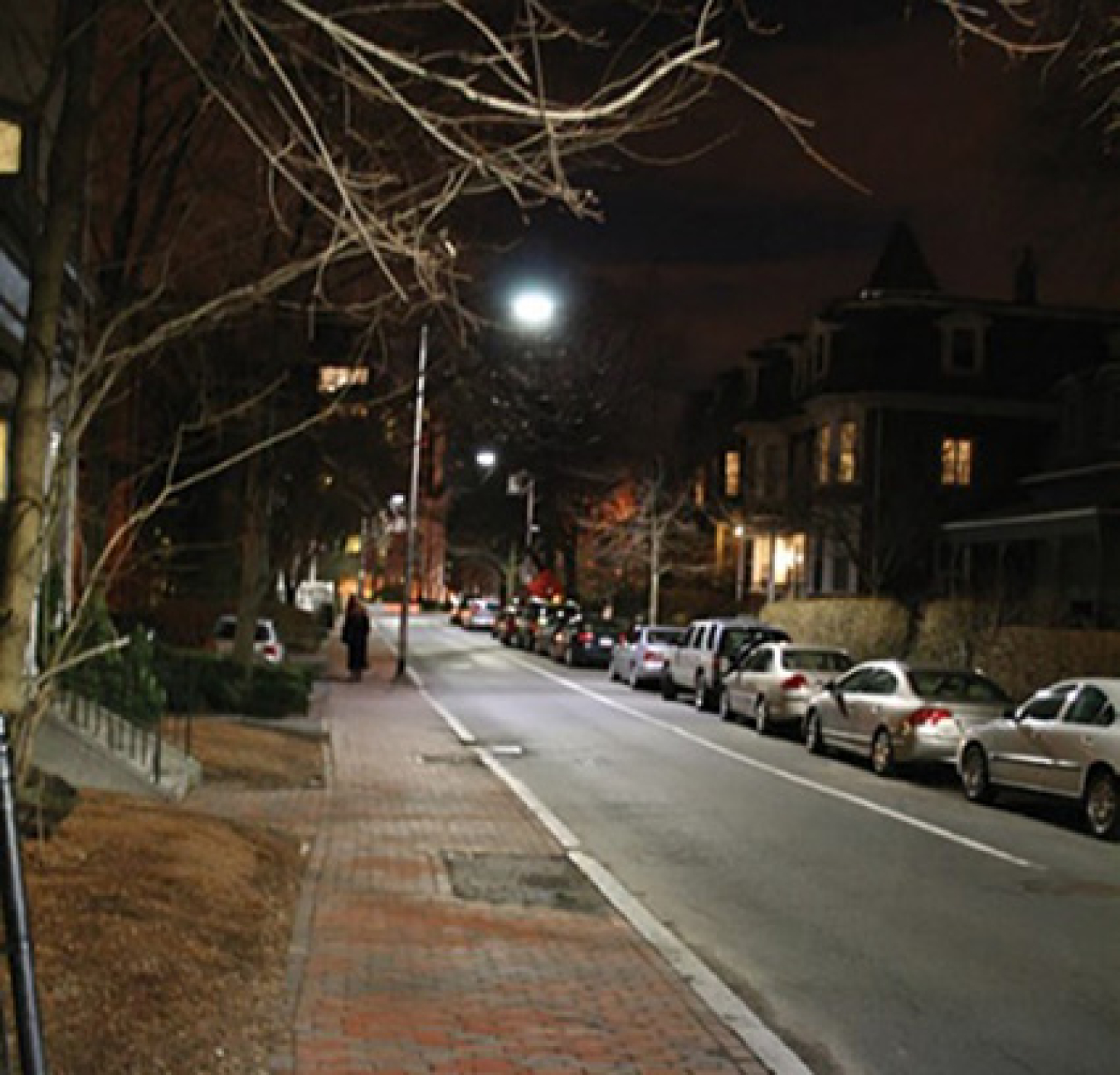
A project under way at the Virginia Tech Transportation Institute could prove a game changer for adaptive lighting and have significant and immediate impacts on the outdoor lighting industry. The project involves analysis of the impacts of adaptive lighting and seeks to develop metrics to guide the design of adaptive systems that maximize energy savings through better understanding of application needs, such as visibility, safety, comfort, and security. (September 2021) Learn more.
Pixelligent Develops Advanced OLED Light Extraction Materials
Diffuse light sources such as organic LEDs, or OLEDs, offer a flexible, glare-free option for luminaire design. However, current OLED lighting is limited by low light-extraction efficiency, even though they have very high internal light-production efficiency. Pixelligent Technology is teaming with OLEDWorks to develop and demonstrate advanced OLED materials and methods. (August 2021) Learn more.
Iowa State Researchers Enhance Light Outcoupling from OLEDS Through Novel Substrates
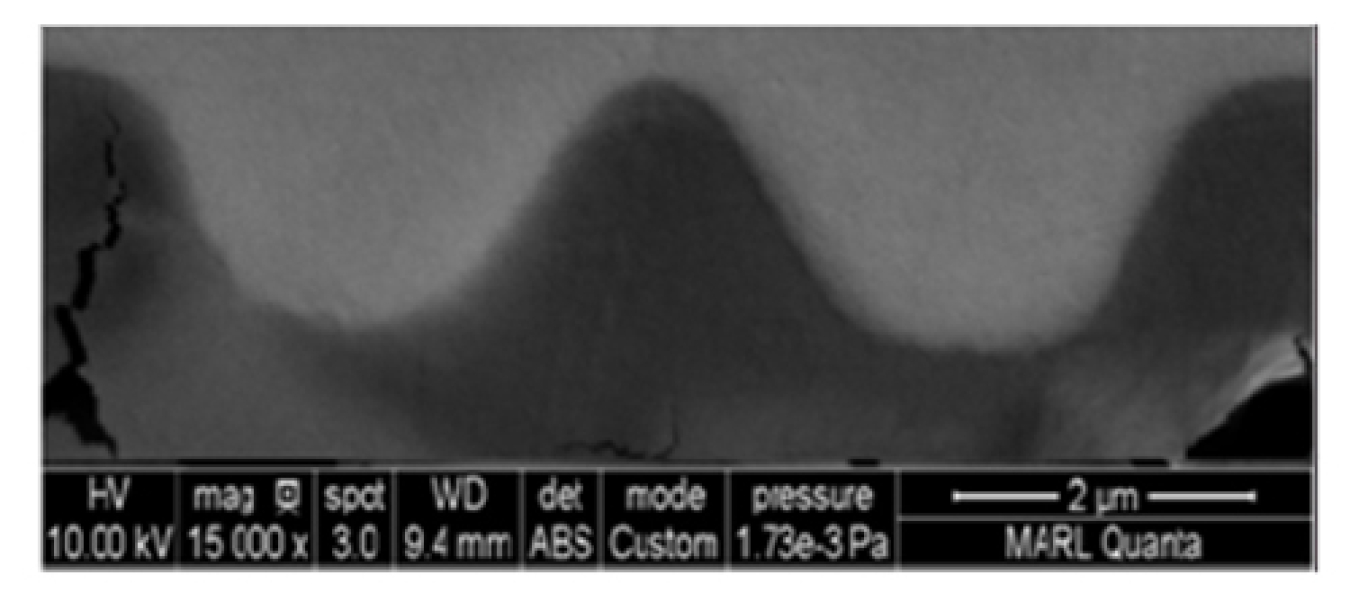
Researchers at Iowa State University are investigating the use of corrugated and planarized plastic substrates to increase light extraction from OLEDs, with an approach that includes development of a buried metal mesh to improve anode conductivity. The project’s overall goal is to approach ηout = 70% in OLEDs using innovative corrugated as well as planarized patterned light-extraction substrates fabricated in a simple, scalable, and low-cost method that is fully compatible with roll-to-roll production. (August 2021) Learn more.
Lucent Optics Develops CoreGlo™ LED Lighting Panel
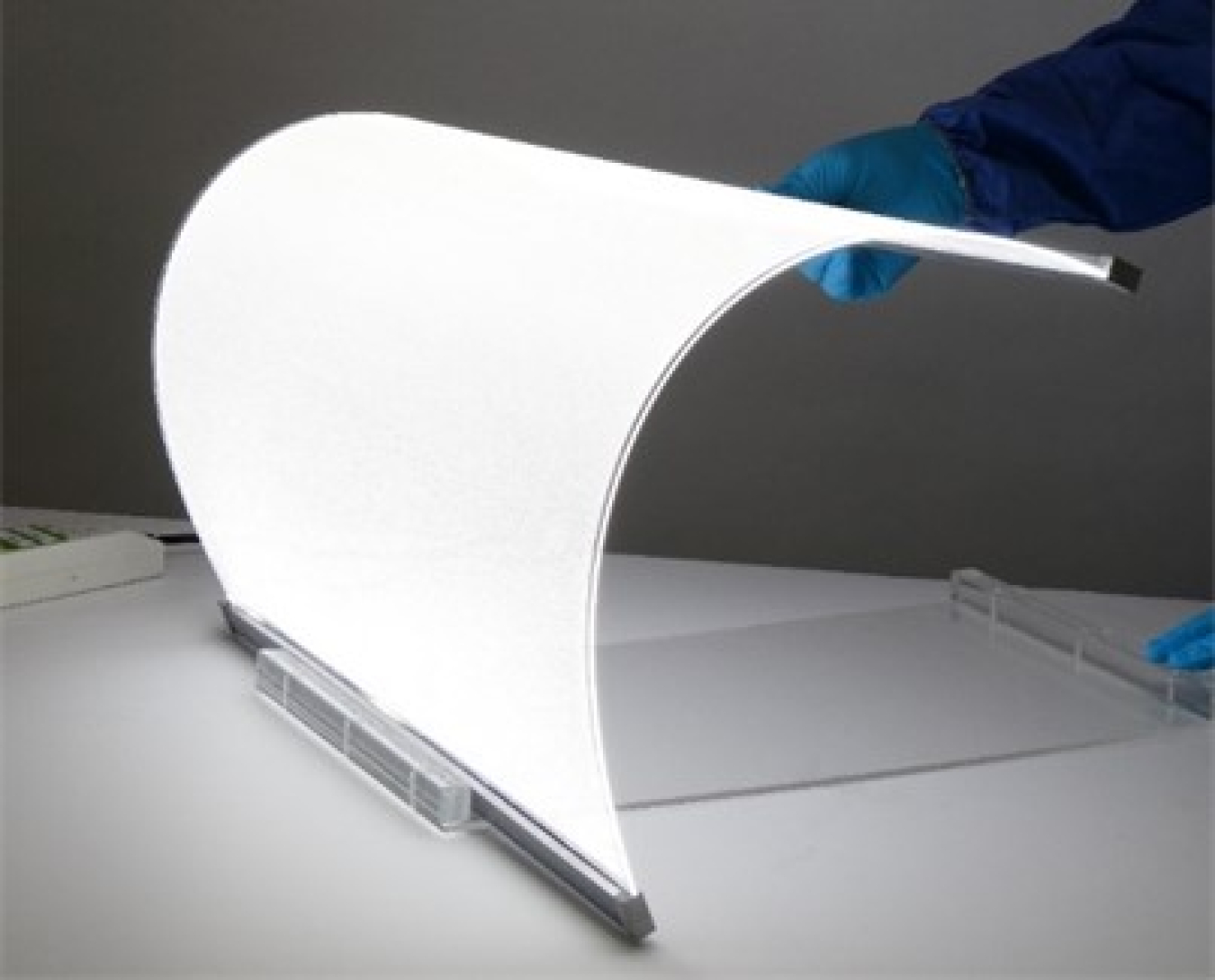
With support from DOE Small Business Innovation Research (SBIR) funding, Lucent Optics has developed the CoreGlo LED lighting panel. The panel is based on Lucent’s scalable technology platform for making wide-area LED lighting panels with thin and flexible forms, optical waveguides, and LED illuminated waveguide edges, with a luminous efficacy of more than 100 lm/W. The platform enables new luminaire design opportunities previously unattainable with conventional form factors, reduces raw materials intake, and lowers manufacturing costs. (August 2021) Learn more.
Nanosys Explores Stable Cadmium-Free Quantum Dot Optical Down-Converters
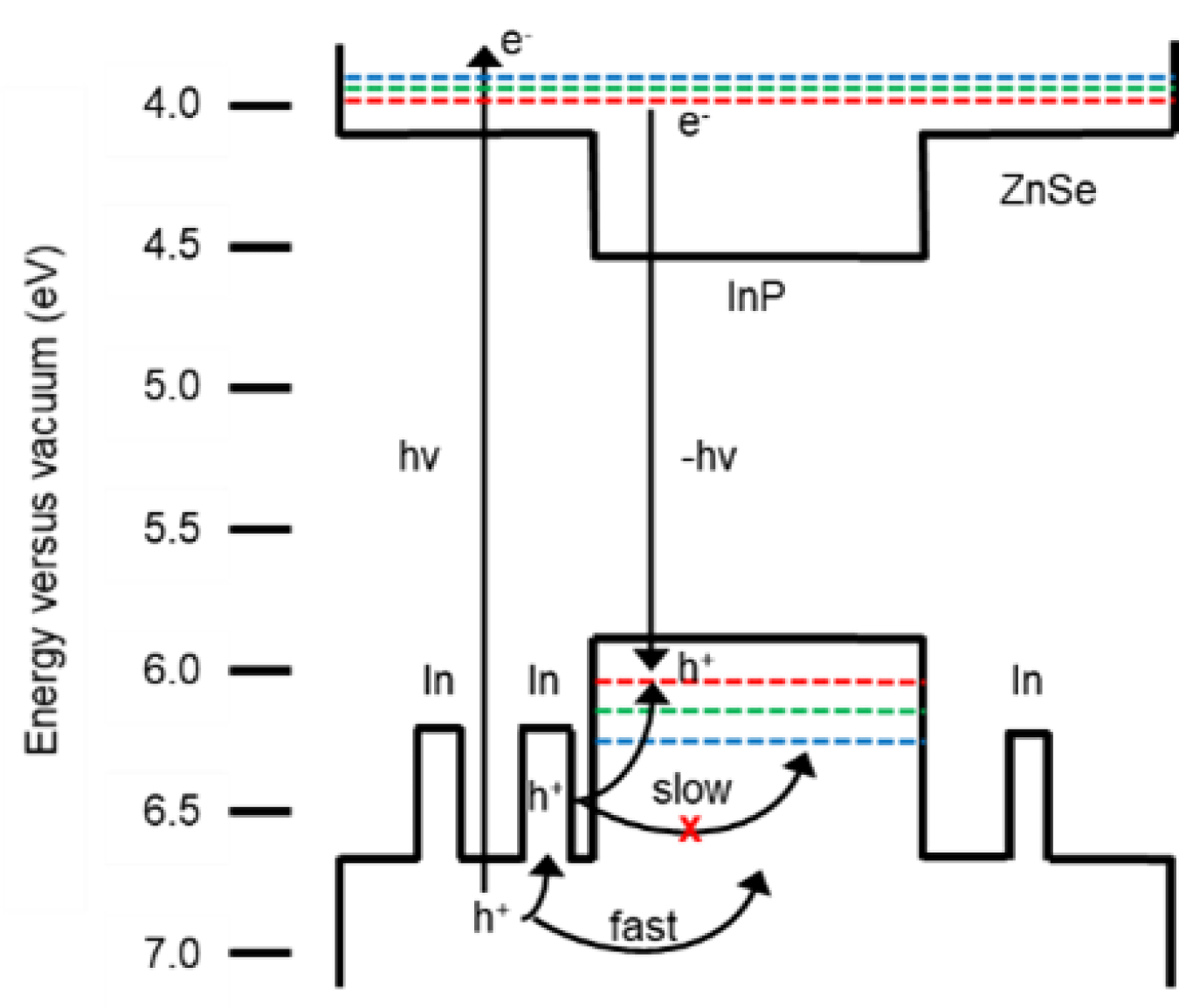
Quantum dots are efficient down-converting emitters with the potential to significantly improve the efficiency of LEDs, but two problems stand in the way: most QDs contain cadmium, a toxic and regulated material, and QDs as emitters must operate in an environment with high light flux levels of 1 W/mm2 and temperatures up to 150°C, which can limit their performance. Researchers at Nanosys, in partnership with the University of California-Merced, are working to characterize state-of-the-art, heavy-metal-free QDs from structural and photophysical perspectives to determine the best approaches to improve QD materials under LED operating conditions of high light flux and temperature. (August 2021) Learn more.
Lumileds Leads Multilab Team to Develop More Efficient Green and Yellow LEDs
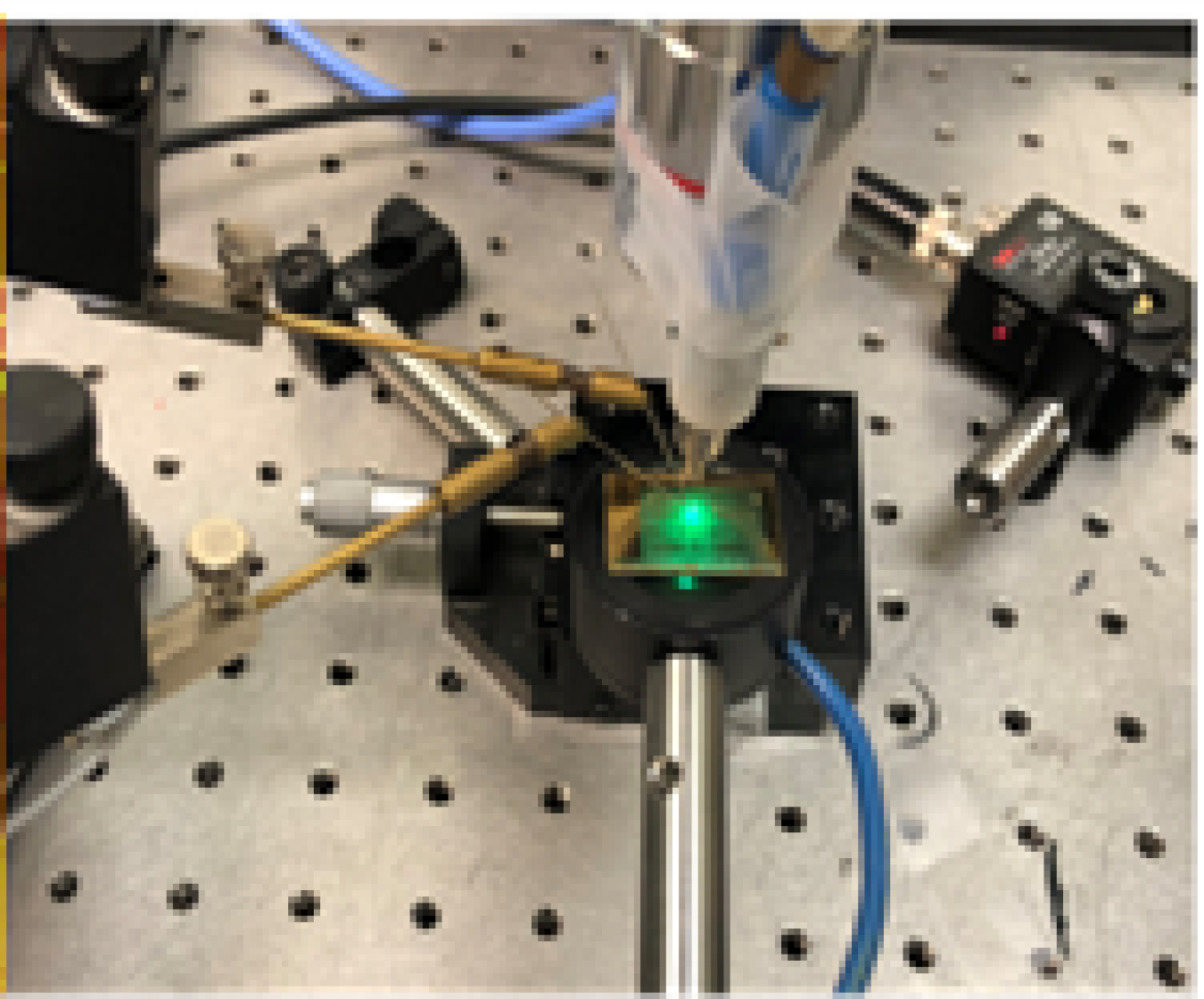
Mixing color LEDs to achieve white light offers the highest theoretical maximum efficacy but lags far behind the efficacy of today’s phosphor-converted LEDs. Large improvements in the efficiency of green LEDs are needed to make the color-mixing approach competitive. Long term, realizing color-mixing systems with color-tuning capabilities and high color quality will also require efficient yellow LEDs. Researchers at Lumileds, the University of Michigan, the University of New Mexico, Sandia National Laboratories, and Ohio State University are collaborating to investigate the most promising approaches to improve long-wavelength InGaN LEDs using state-of-the-art LED material. (June 2021) Learn more.

